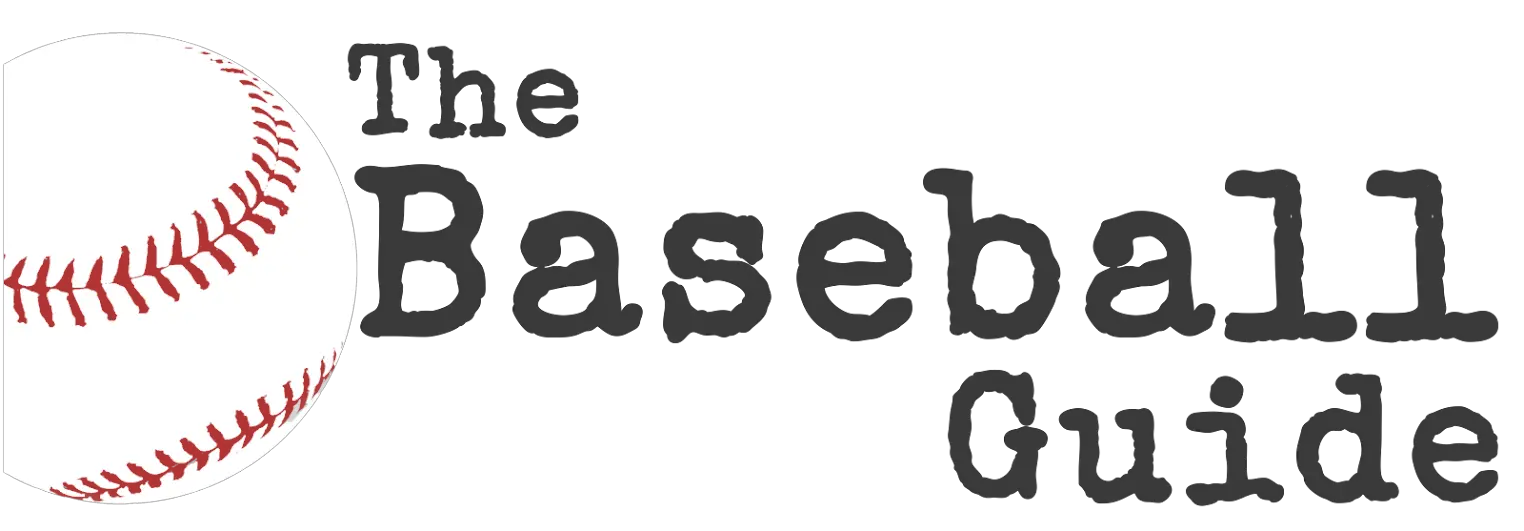Ever found yourself glued to the screen, heart pounding, as a critical play unfolds in an MLB game? And then, boom! You’re not sure what just happened. Was that a steal or an out?
Thank goodness for the “instant replay in MLB”. It’s like a superhero, swooping in to rescue confused fans and disputed decisions. This incredible tool, also known as ‘instant replay review’, allows umpires to take a second look at certain plays to confirm or overturn their original call.
So sit back, grab your peanuts and crackerjack, and let’s dive deeper into this game-changing feature of MLB.
Does MLB have instant replay?
Yep, instant replay is totally a thing in Major League Baseball (MLB). The league first introduced it back in 2008, but only for determining ‘boundary calls’—like figuring out whether a potential home run ball was fair or foul, or if it actually left the field. Then, in 2014, they expanded replay big time! Nowadays, it’s used for a bunch of stuff like confirming tagged plays, seeing if a runner left the base too early, and even checking if a fielder made a legit catch. So, while you might be munching on your hotdog in suspense, know that those umpires are checking out the footage to make sure they get the call right.
The Replay Command Center
Did you know there’s a place in New York City that’s like the nerve center for all these instant replays? Yep, it’s called the Replay Command Center. Here’s how it works: whenever there’s a play that’s under review, the footage gets sent all the way to this high-tech hub in NYC. It’s not the umpire at the stadium who makes the final call—it’s the folks in the command center. They’ve got all the tech they need to check out the play from every angle, and once they’ve made their decision, they relay it back to the umpire on the field. This way, the call is as accurate as it can be, no matter which stadium the game is happening at!
What are the new MLB replay rules?
New replay rules in 2014
Back in 2014, the MLB took a big step forward. They gave the green light for managers to challenge one decision within the initial six innings of the game, and two after the seventh inning kicked off. The judgment was made not by the guys on the ground but at the MLB headquarters by a designated crew. They had a close eye on fair/foul calls, catch/trap evaluations, and interference examinations. The collective bargaining agreement in 2014 threw in more interference reviews and fair/foul callings into the mix. And before diving straight into the season, they gave the system a dry run in the Arizona Fall League.
By the time the 2014 All-Star Break rolled around, it was pretty clear that this new system was a home run. On average, managers were throwing down a challenge every 2.35 games. And guess what? They were right about 52% of the time – the calls were overturned! Even though the aim was to wrap up the review process in about 90 seconds, it usually took around one minute and fifty seconds. Not bad when you consider the importance of getting things right, huh?
Overall, the game didn’t suffer a bit from the new system. The quality of umpiring stayed solid, even with the addition of new faces in the Replay Command Center. In fact, this expansion led to the MLB recruiting 12 more umpires – the biggest intake since ’99! So, all in all, the 2014 instant replay expansion really stepped up to the plate. It addressed different areas of the game, making sure that everything was as fair and accurate as possible in those nail-biting, game-changing situations.
New replay rules in 2015
The 2015 season brought a fresh set of tweaks to the instant replay rules. Now, managers didn’t have to stride up to the umpire to kickstart the replay process; they had the green light to do it right from the dugout. They simply had to flag a potential challenge by stepping to the top of the dugout with a shout or a hand wave. Tag-up plays got added to the reviewable list, and the good news for managers was, they held onto their challenge after every overturned call. They had to use challenges for scrutinizing plays involving collisions at home plate. Even if the manager was out of challenges post the seventh inning, the crew chief could still call for reviews. During postseason matches, tiebreakers, and the All-Star Game, each manager was armed with two challenges. While instant replay took a break during the 2015 spring training, it was up and running for the exhibition games preceding the regular season.
Instant replay review
Instant replay review may be applied to the following plays.
- Time plays, i.e., whether or not a run scored prior to the third out
- Force plays and tag plays
- Catch/trap calls on balls hit into the outfield, i.e., whether an outfielder cleanly caught a ball on the fly or trapped it just after it touched the ground
- Whether a batter was hit by a pitch
- Fair/foul calls on balls hit into the outfield
- Collisions at home plate (Rule 6.01(i))
- Scorekeeping issues, including the count, number of outs, score, or substitutions
- Spectator interference
- Tag-ups
- Missed bases
- Whether a runner passed a preceding runner
- Home run or boundary calls, including placement of runners
- Interference on double plays
Furthermore, the crew chief has the ability to utilize replay to review various issues at any given moment. It is important to note that this action is not classified as a challenge.
- Substitutions
- Rules check
- Batting out of turn
- The count, the number of outs, and the score
